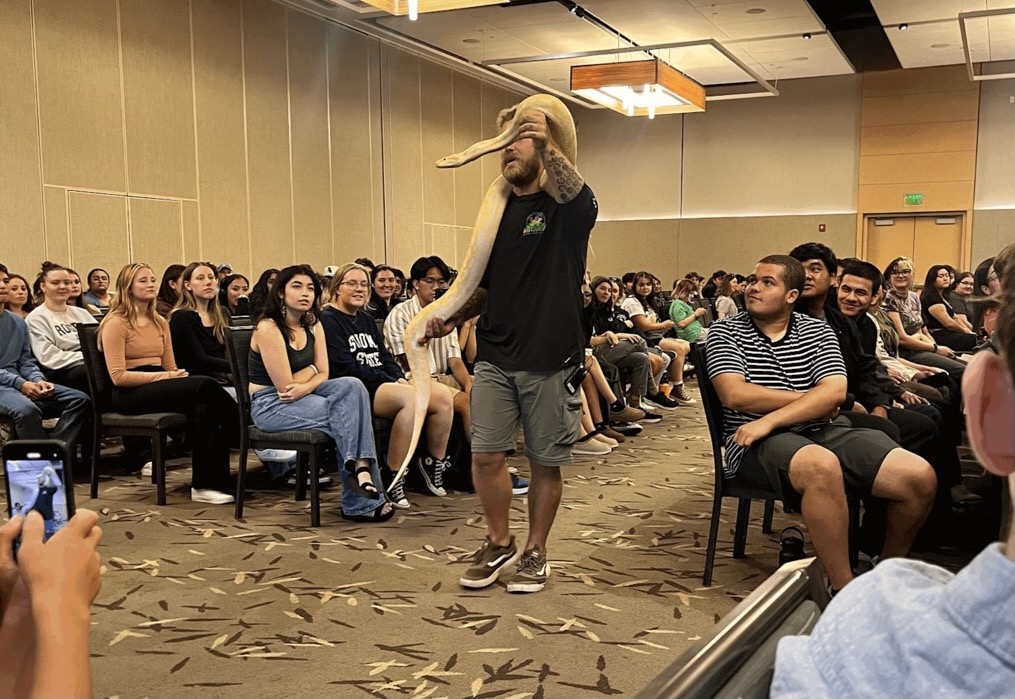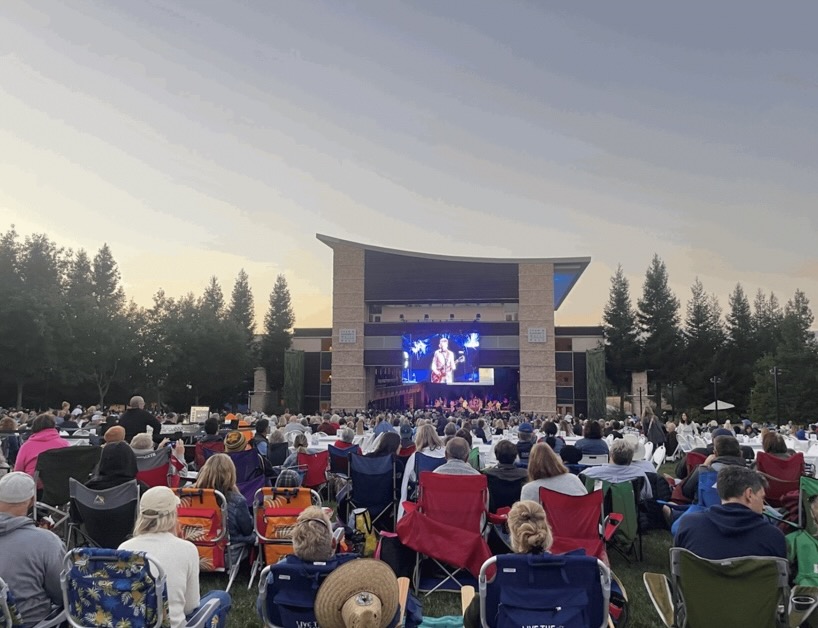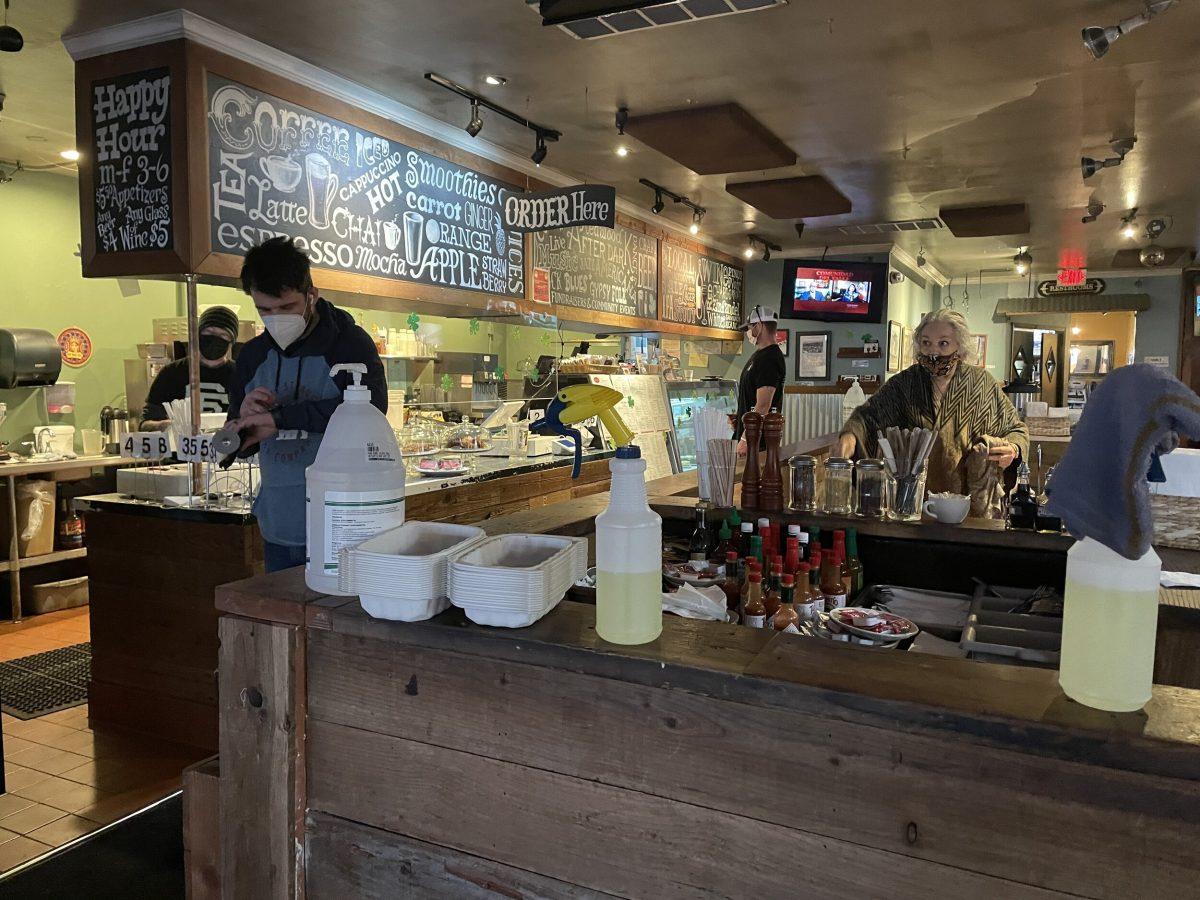Sonoma County is one of two counties in the Bay Area remaining in the most severe tier of California’s COVID-19 case tracking system, the purple tier. In order to advance to the next tier, the two counties needed maintain the metrics of the red tier for two weeks straight.
According to the California state COVID-19 website, California’s tier system is color-coded with the most severe being purple, or widespread, meaning that most non-essential businesses are not open indoors. The next tier is red, or substantial, and means that some non-essential businesses are not open indoors. The orange tier is considered moderate and means that some non-essential businesses are open with modifications. Yellow tier- minimal- means that most non-essential businesses are open with modifications.
The tier metrics are determined by positive test rates and adjusted case rates as well as health equity scores. Adjusted case rates account for daily new cases per 100,000 people, which is adjusted for a county’s number of tests taken. Health equity scores reflect positive test rates in low-income neighborhoods.
In a community briefing on March 10, Sonoma Health Officer Dr. Sundari Mase said that Sonoma County could move to the red tier as early as March 16 if metrics stay the same. Mase said, “It’s just not that clear at this point exactly which day we could move into red, but we’re very, very close, I’m happy to say.” Sonoma County case rates as of the week of March 1 was 10 per 100,000 people according to an article by Kellie Hwang at the San Francisco Chronicle. In order to advance to the red tier, Sonoma’s case rates would need to be 7 per 100,000 people.
Previously, the prediction of Sonoma County’s move to the red tier was March 22, according to Hwang. The expectation has changed now because of a California state initiative to vaccinate people living in low-income neighborhoods.
Governor Newsom and the state have committed to setting aside 40% of all vaccinations in California for low-income communities. According to NBC Bay Area, communities are classified as low income based on things like household income, education level and access to healthcare. People in low-income areas are most likely to get and spread the virus as they are in the most vulnerable positions financially and in regards to healthcare.
As reported by NBC Bay Area, Latinos make up nearly half of COVID-19 deaths despite making up only 39% of the California population. The state’s push for vaccine equity will hopefully help reduce COVID-19 cases in California.
By vaccinating people in these low-income areas, counties will see less cases on the rise. Because of this, when the number of vaccinations of people in low-income neighborhoods reaches two million, California state officials are planning to adjust tier metrics which could put Sonoma County in the red tier.
If and when Sonoma County moves into the red tier, businesses will be able to begin some indoor activities. NBC Bay Area says that restaurants will be able to host indoor dining at 25% capacity, gyms can open indoors at 10% capacity and grocery stores can increase capacity from 50% to full.
To find more information on California COVID-19 protocols, which tier counties are in and explanations of metrics used for tiers, the California state website covid19.ca.gov is a helpful resource. There is an interactive map of all of the counties in California that can easily identify which tier a county is in. The CDC website is also a valuable resource for keeping up to date with COVID-19 developments and vaccine updates.



































